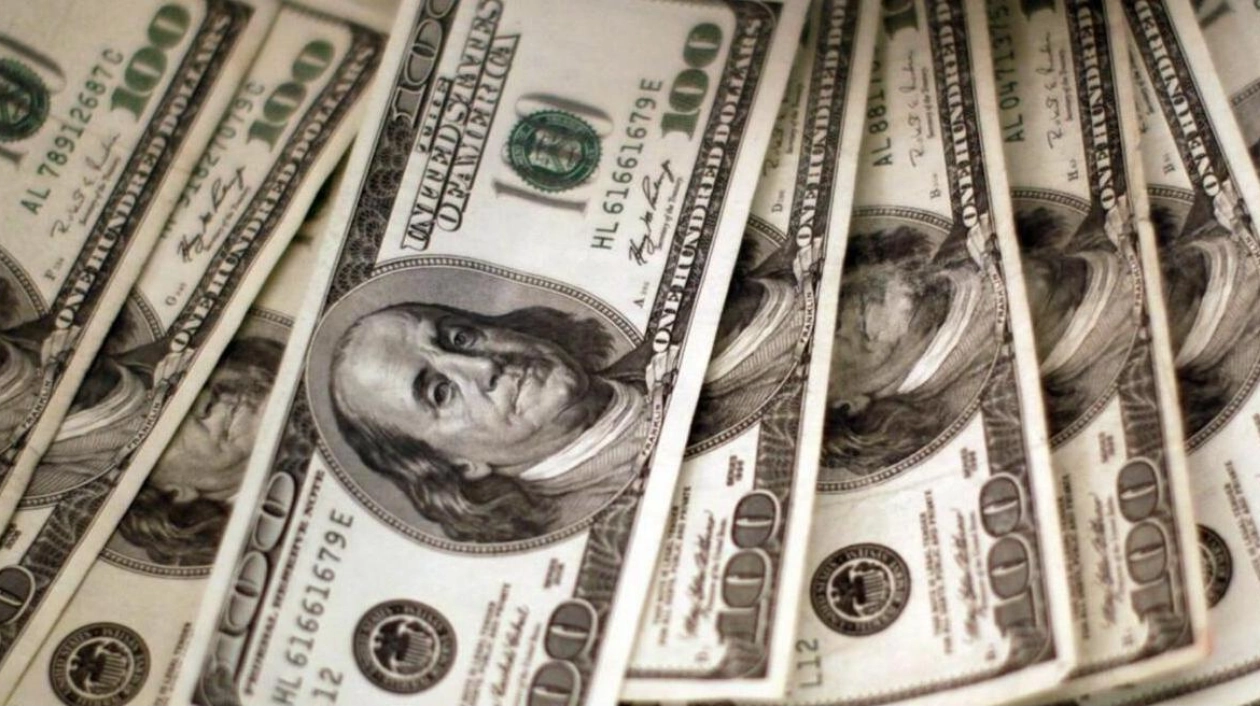On Wednesday, the dollar dropped to its lowest point in over a year against the euro and sterling, following the release of data indicating that employers had added 818,000 fewer jobs from March 2023 to March 2024 than initially estimated. The data was published later than the scheduled 1000 EDT, causing market confusion and erratic trading. Vassili Serebriakov, an FX strategist at UBS in New York, commented, "This suggests that the labor market was not as robust as the Fed had believed and communicated. However, its implications for future prospects are less clear." He further noted, "This aligns with the Fed's potential to start reducing rates, but it's uncertain what this means for the rate of easing and other specifics."
Traders will be closely watching Fed Chair Jerome Powell's comments at the Kansas City Fed's Jackson Hole economic symposium on Friday for insights into his perspective on the labor market and his potential reference to Wednesday's data. Market participants are particularly seeking clarity on the expected magnitude of the rate cut next month and whether interest rates will be reduced at each subsequent Fed meeting. According to the CME Group's FedWatch Tool, traders are anticipating a 33% chance of a 50 basis point cut, similar to before the jobs data, and a 67% chance of a 25 basis point reduction.
Adam Button, chief currency analyst at ForexLive in Toronto, stated, "It has become easier for the Fed to cut rates now and through the end of the year, but I don't believe it strongly supports a 50 basis point cut." Button added, "We are aware that it was a year of robust economic growth, with satisfactory corporate profits and a good pace of economic expansion for the year ending in March." The unexpected increase in the unemployment rate and fewer-than-expected job gains in July led traders to anticipate larger rate cuts, driven by concerns about an imminent U.S. recession. These concerns were somewhat alleviated by stronger data, including robust retail sales for July and higher-than-expected shelter inflation for the same month.
However, markets continue to be highly responsive to jobs data for any indications that the economy is deteriorating more rapidly. The dollar index fell 0.16% to 101.22, marking its lowest point since December 29. The euro climbed 0.11% to $1.1142, its highest since July 2023. UBS's Serebriakov noted that the strength in the euro might be overextended following the recent rally, stating, "There hasn't been a significant move in U.S. rates. I don't see the European data as particularly positive for the euro. Thus, it appears to be more of a technical move in the foreign exchange market."
Sterling rose 0.36% to $1.3076, also reaching its highest level since July 2023. The dollar weakened 0.05% to 145.18 Japanese yen, its lowest since August 7. Bank of Japan Governor Kazuo Ueda is anticipated to discuss the central bank's recent decision to raise interest rates when he appears in parliament on Friday. According to a Reuters poll published on Wednesday, over half of the economists expect the Bank of Japan to raise interest rates again by the end of the year, with a preference for a December increase. Next week's data is expected to show that Japan's consumer inflation rate accelerated for the third consecutive month in July, according to a Reuters poll of 18 economists.
In the realm of cryptocurrencies, bitcoin increased 0.31% to $59,498.






